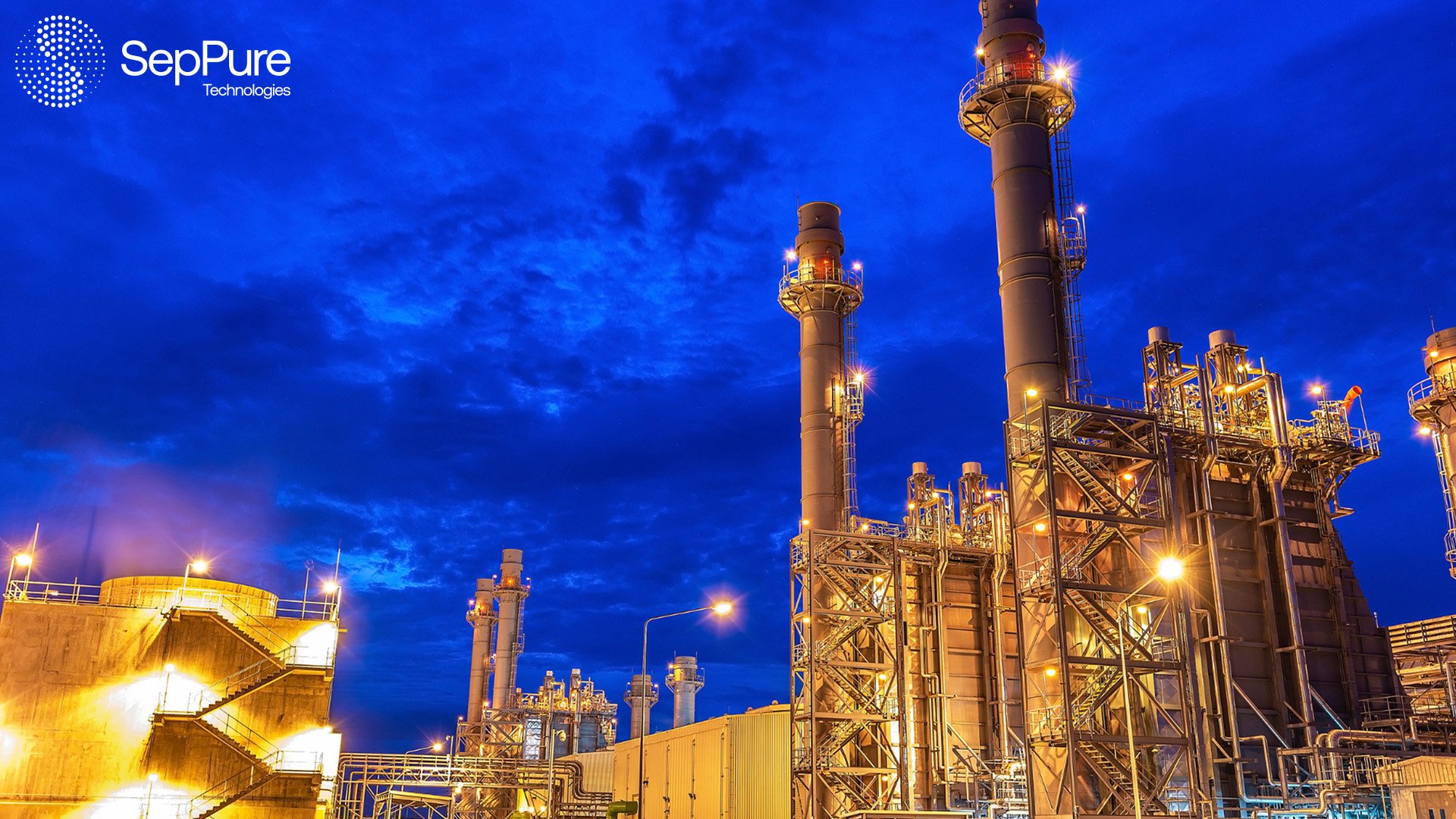Enhancing Industrial Processes with Ethanol Solvent Recovery
In today’s world, the call for environmental responsibility echoes louder than ever across industrial sectors. With a focus on sustainability, the mission for efficient solvent recovery methods has never been more critical. With nearly 25 million tons of hazardous waste generated by industries in 2021, growing global concerns regarding their environmental impact have prompted a search for more eco-friendly and efficient solutions. This is where solvent recovery comes in, having the potential to revolutionize extraction processes and curb the vast amount of waste generated from single-use solvents. As we look towards a future where sustainability is non-negotiable, innovative solutions like membrane technology are leading the way.
From mitigating environmental impact to reducing operational costs, we explore the benefits of recovering solvents, such as ethanol, examining their role in establishing a circular economy and ensuring sustainability in manufacturing processes.
What is Ethanol Solvent Recovery?
Particular solvents, such as ethanol, exhibit excellent solubility for various organic compounds, such as hydrocarbons, making them ideal for extraction processes in industries of pharmaceuticals, fine chemicals, and bioenergy.
Traditionally, solvents like ethanol are used once and then disposed of as waste, with research showing that less than 50% of solvents are being recovered. This leads to grave environmental repercussions. Thus, solvent recovery systems play a vital role here, reclaiming, reusing, and recycling industrial solvents through separation processes, including distillation or membrane-based filtration.
In the distillation process, when the solvent boiling temperature is reached, the solvent begins to evaporate. The solvent vapors flow through a condenser or heat exchanger where they are liquefied and emerge from the distillation plant as a clean and reusable reclaimed solvent. Alternatively, the same solvent reclamation can be achieved using membranes, whereby specialized membranes are used to selectively separate solvents like ethanol from other substances based on molecular size.
This recovery process also aligns with the principles of a circular economy, offering industries numerous economic advantages and driving greater environmental sustainability.
The Importance of Ethanol Solvent Recovery
1. Mitigates Environmental Degradation
Ethanol solvent recovery is crucial to mitigating the environmental impact and footprint of a diverse range of industries that use tonnes of solvents on a daily basis. This process greatly reduces the amount of solvent waste generated, lowering the risk of soil and water contamination and alleviating the burden on waste management infrastructure. Solvent recovery systems also further lessen the strain on natural resources by diminishing the demand for pure solvents and the energy-intensive processes associated with their production.
Furthermore, recycling industrial solvents curtails the emission of volatile organic compounds (VOCs) and other harmful pollutants into the atmosphere, improving air quality and reducing respiratory ailments associated with air pollution.
2. Reduces Production Costs
Aside from its environmental advantages, ethanol solvent recovery is a strategic cost-saving measure that enhances economic viability. Eliminating the need for frequent purchases of new solvents curbs both expenditure and reliance on solvent procurement. Not only does this optimize resource allocation, but it also fosters a sustainable approach to production processes, keeping companies future-proof.
Additionally, with less solvent waste generated, companies can minimize expenditures associated with waste treatment, transportation, and regulatory compliance. Integrating solvent recovery systems may also allow businesses to align with increasingly stringent environmental regulations, reducing the risk of non-compliance penalties and providing a more sustainable approach to waste management.
3. Improves Process Efficiency
Ethanol solvent recovery also plays a key role in enhancing process efficiency within manufacturing operations. Beyond simply reducing the need for solvent procurement and disposal, the reclamation and reuse of solvents ensure a seamless and continuous production cycle, minimizing downtime and optimizing operational efficiency across various stages. This streamlined approach not only saves valuable time but also enables industries to extract greater value from their materials, boosting productivity and enhancing profitability.
4. Drives Innovation
Innovations in membrane-based solvent recovery equipment hold promise for enhancing separation efficiency and minimizing energy consumption. Unlike conventional methods like distillation and evaporation processes, which require substantial energy input, advanced membrane technologies are pressure-driven or operate at lower energy levels, further reducing the ecological footprint of solvent recovery processes. Moreover, these membranes can recover over 90% of spent solvents, achieving exceptionally high rates of solvent reclamation and reducing purchase and disposal costs.
With a membrane-based solvent recovery system like RE(SOLV)®, sustainable industrial practices can continue to gain traction, reshaping manufacturing operations to prioritize eco-consciousness alongside cost-efficiency. As they move away from the linear "take-make-dispose" model towards a circular economy framework, solvent recovery systems, such as ethanol solvent recovery will continue to play a central role in shaping a greener, more resilient landscape for generations to come.
Say no to single-use solvents and reach out to us today.



